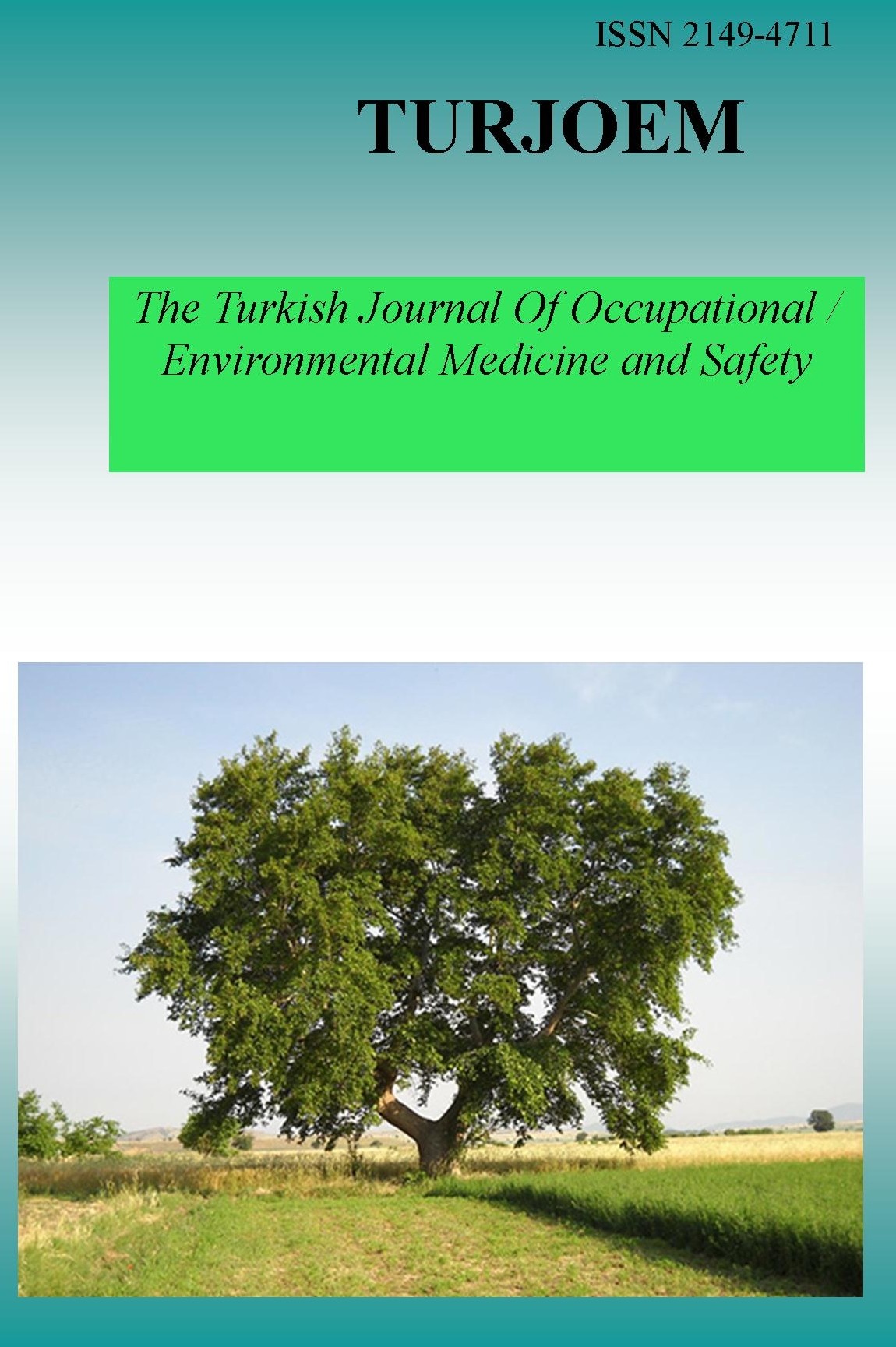BIOCHEMICAL AND MORPHOLOGICAL RESPONSES OF HEAVY METAL STRESS IN CROP VARIETIES FROM CENTRAL ANATOLIA
BIOCHEMICAL AND MORPHOLOGICAL RESPONSES OF HEAVY METAL STRESS IN CROP VARIETIES FROM CENTRAL ANATOLIA
___
- Biology Department, Science Faculty, Anadolu University, Eskisehir, Turkey
- ISSN: 2149-4711
- Başlangıç: 2015
- Yayıncı: Engin TUTKUN
APPLYING THE EXPOSOME CONCEPT IN STUDIES OF OCCUPATIONAL AND ENVIRONMENTAL EXPOSURES
GENOTOXIC EFFECTS OF SILICON DIOXIDE NANOPARTICLES IN ALLIUM CEPA
Özlem ÇALBAY, Fatma ÜNAL, Zekiye SULUDERE, Deniz YÜZBAŞIOĞLU
EFFECTS OF OCCUPATIONAL CANCERS ON GENE REGULATION
Aysel Çağlan KARASU BENLI, Belda ERKMEN, Zuhal YILDIRIM, Ramazan MERT, Figen ERKOÇ
TOXICOLOGICAL ENDPOINTS OF DOPING SUBSTANCES
A FUZZY LOGIC MODEL FOR THE DIAGNOSIS OF SILICOSIS
Deniz BOZ ERAVCI, Serdal Kenan KÖSE
Nazan Deniz YÖN, Ceyda ÖZTÜRK, Mustafa ZENGİN, Cansu AKBULUT
